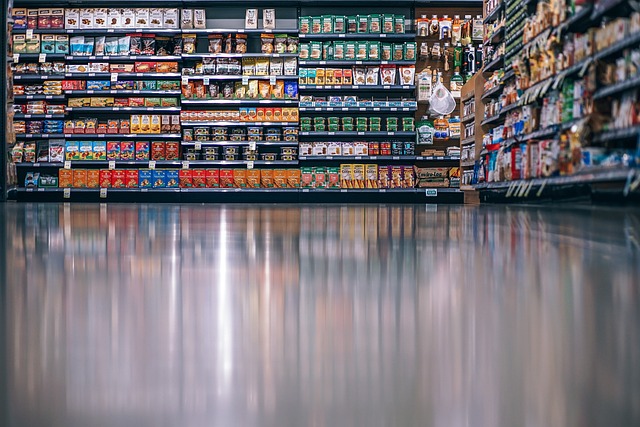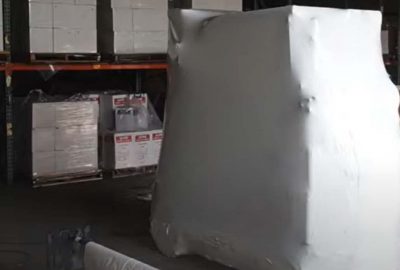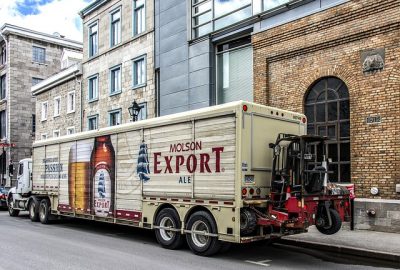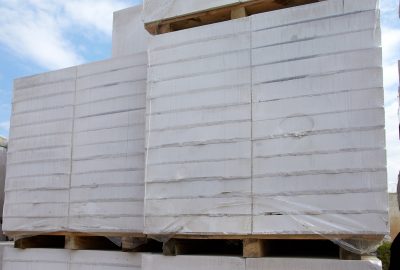In logistics, there is a distinction between two terms: wrapping and packaging. Each has its own function in getting a parcel from the manufacturer to the consumer, via a number of intermediaries. Wrapping is another very important element. It provides the consumer with both practical and advertising information.
Packaging
Packaging is the first level of the logistics chain, corresponding to a unit of consumption. It must be able to be displayed for customers to see, on the shelves of a shop for example. The primary packaging is in direct contact with the product. Its function is to hold the contents together, rather than to protect them. A cardboard box, for example, can offer a defined weight of lenses, but its protection is minimal; it is enough to make it available to customers, but is not suitable for transport.
The packaging guarantees the integrity of the content. It prevents it from dust, humidity, oxidation, etc. It must also be designed to be easily grasped by customers who place it in their shopping trolley: handle, slender neck for a bottle or flask, etc.
The packaging is also designed with the customer in mind. To this end, it is fitted with a pouring spout, a pre-cut opening hole, a tab to avoid the need for a can opener, etc.
The pack also serves as a packaging aid to record all the information that is essential for the customer, in addition to the brand, its logo, its colours and its advertising slogans. On the Packaging you will find the weight, the production and expiry dates, the composition of the product, the place of manufacture, the storage conditions, brief instructions for use (which can be detailed on the inside), compulsory legal information, etc.
Wrapping
Wrapping is designed to protect the product to be handled, transported and stored. Whatever material it is made of, it must be suitable for the conditions in which the products are carried and stored.
Wrapping enables several products to be held together to optimise loading and unloading operations. It also secures the goods. Wrapping takes the form of pallets (using heat-shrink film), crates and containers made of wood, plastic or steel.
The quality of the Wrapping’s design is intended to facilitate the various handling operations, which multiply as the number of intermediaries between the manufacturer and the consumer increases.
Packing
This word is used in the world of logistics and extends its meaning. Packing, originally used for the primary packaging of the consumer unit, is now also applied to secondary packaging, i.e. the CVU (Consumer Sales Unit) which groups together several products.
Packing is used for advertising purposes. It is used to display the brand’s logo and colours, as well as certain information depending on its size and type. In all cases, it must allow the product to be displayed on the shelf or in any other area accessible to the consumer. Its aim is to catch the customer’s eye so that its contents are preferred to those of its competitor.
Packing can therefore take the form of a giant cardboard box, branded with the brand name, which groups together several boxes which are themselves packaged. This type of wrapping is often used by discount shops, to save time by avoiding the need to put products on the shelf.
The packing is designed to facilitate the transport of products from the storage area to the shop, without neglecting the design, in order to add value to the product.








